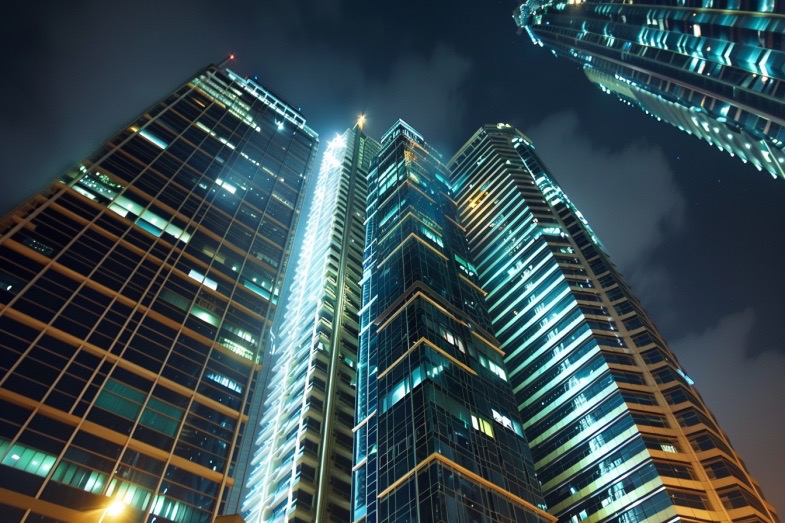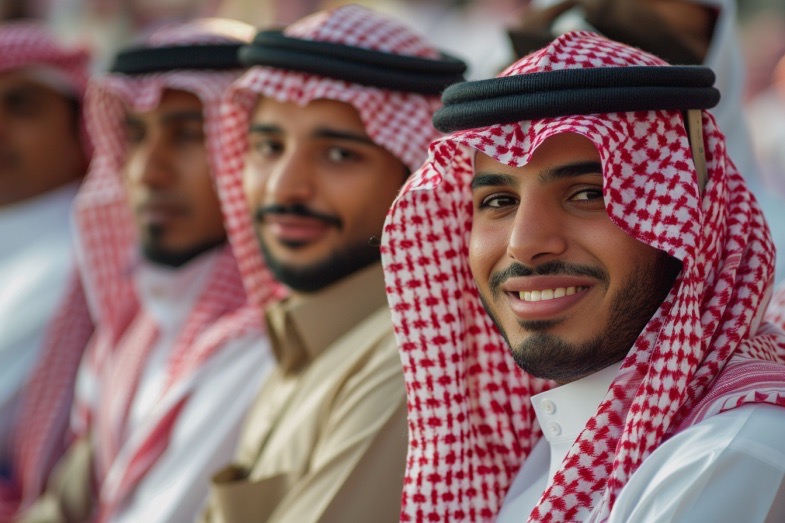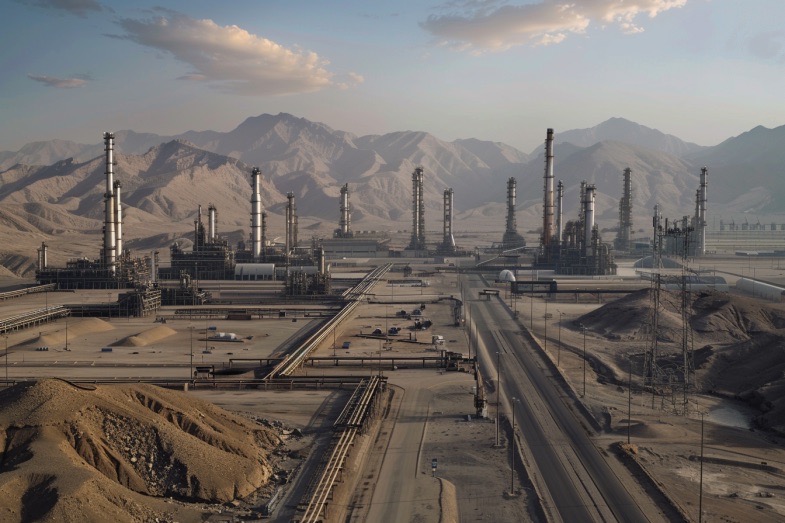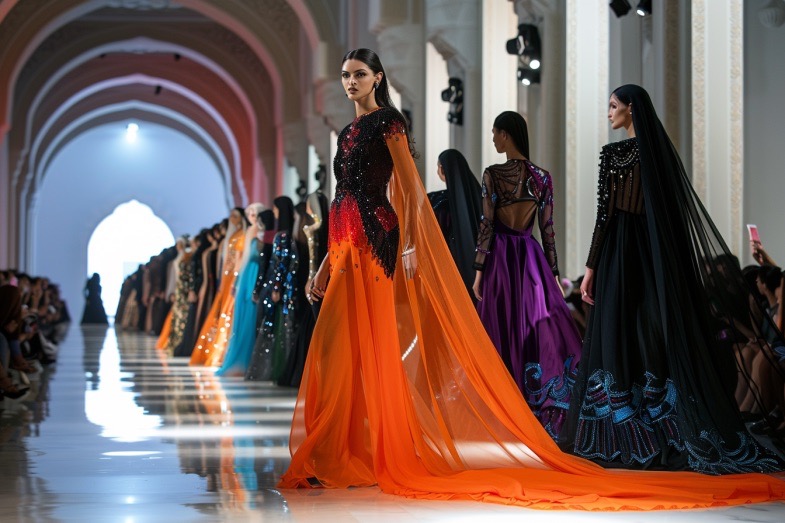India and EU: A New Partnership in the Making
BRUSSLES — It was a scene that might have provoked outrage in Brussels.
Narendra Modi, the prime minister of India, joyfully holding hands with Vladimir Putin, the president of Russia and chief promoter of the full-scale invasion of Ukraine, while attending the annual summit of the Shanghai Cooperation Organization (SCO).
The two-day meeting in Tianjin, China, was carefully choreographed to portray an alternative to the Western rules-based order – a declaration of intent that its host, President Xi Jinping, underlined when he joined in the Modi-Putin handshake.
But instead of condemnations and recriminations, Brussels chose conciliation.
On Thursday, just a few days after the closely watched gathering, Ursula von der Leyen, the president of the European Commission, and António Costa, the president of the European Council, held a joint phone call with Modi and “warmly” welcomed his engagement with Ukrainian President Volodymyr Zelensky.
“India has an important role to play in bringing Russia to (an) end its war of aggression and helping create a path towards peace,” they said in a statement free of reproach.
“Looking ahead, we plan to agree on a joint strategic agenda at the next EU–India summit, as early as possible in 2026.”
At a time of violent geopolitical shifts that have undercut old alliances, eroded binding principles and deepened existential anxiety, the European Union is in a race against time to find new partners to cushion the impact of such pressures.
India, the world’s most populous country, has emerged as the most desirable candidate.
On paper, India ticks all the boxes: a fast-growing economy, a young labour force, a burgeoning high-tech sector, a strategic geographic location and a democratic system.
Commerce is already booming: the €120 billion worth of goods traded between the EU and India last year outstrips the $132 billion (€113 billion) in goods traded between the United States and India. An estimated 6,000 European companies operate in India, supporting 2 million direct and 6 million indirect jobs.
Bilateral cooperation is multifaceted, covering climate change, green energy, maritime security, natural disasters and student exchange, among other areas. India is the second country, after the US, to establish a Trade and Technology Council (TTC) with the bloc.
But there’s much more to be done.
Officials on both sides see bilateral relations as an untapped source of mutual prosperity and security. Now, amid a dizzying shake-up of international dynamics, they feel the time has come to roll up their sleeves and mine the relationship further.
“Over the last 30 years, we have done a lot together. But in truth, we have only been scratching the surface of the potential that is there,” von der Leyen said in February during her official visit to New Delhi.
The visit marked the first overseas trip of her second mandate. Escorted by the entire College of Commissioners, the message was unequivocal.
“The EU and India have the potential to be one of the defining partnerships of this century,” she declared. “And it is why it will be a cornerstone of Europe’s foreign policy in the years and decades to come.”
Modi responded in kind. “This journey is the biggest catalyst that will translate our ambition into action,” he told von der Leyen.
At the end of the visit, the two leaders committed to reaching a free trade deal, a coveted but elusive goal, by the end of the year.
Von der Leyen’s spoke about the need to be “pragmatic” in diplomacy, highlighting common interests and priorities instead of dwelling on the disagreements that caused friction in the past, such as India’s protectionist practices and the EU’s carbon tax.
This attitude helps explains why Brussels has chosen to tolerate, rather than harshly denounce, India’s continued ties with Russia, its adversary.
The public treatment contrasts with that of China, which the EU has repeatedly accused of being the “key enabler” of Putin’s war. China, it must be noted, is an autocracy that has multiple open fronts with the West, including unfair subsidies, intellectual property theft, disinformation campaigns, cyberattacks and human rights violations.
India has refrained from pursuing this confrontational approach and opted instead for an inclusive, multi-vector foreign policy, which has allowed the country to forge disparate alliances around the world, from the Quad, sitting alongside the US, Japan and Australia, to the BRICS, sitting alongside China, Russia, Brazil and South Africa.
“India’s relationship with Moscow is based upon a long tradition of geopolitical trust that dates back to the Cold War era and upon a strong dependence on Russian military equipment. The EU has accepted this reality for many years,” said Jan Luykx, a senior associate fellow at the Egmont Institute and former Belgian ambassador to India.
“China, on the other hand, sees Russia as a key ally in its competition with the West. Without the economic support from China, Russia would have real difficulties in pursuing its war against Ukraine.”
Brushing divergences aside, Brussels is keen to secure a place as one of New Delhi’s privileged partners. And the timing seems propitious: just as Europeans are betting hard on closer ties with India, Americans appear to be tearing theirs apart.
In a dramatic reversal of US policy, Donald Trump has turned his fire against India, imposing 50% tariffs on the country in response to its multi-billion purchases of Russian oil. Indians have been outraged by the move, which they say is unjustified and capricious, given that Trump has failed to do the same with the largest client: China.
Trump’s oft-repeated claim that he mediated a ceasefire between India and Pakistan to end their brief armed conflict in May has been rebutted by Indian officials, who insist it was their military might that led to the quick resolution. The fact that Trump agreed to host Pakistan’s army chief, Asim Munir, for an unprecedented lunch at the White House caused further consternation. According to an insider account by the New York Times, Indians are wary of putting Modi on the phone with Trump, fearing a complete fallout.
The sharp deterioration has unraveled the work painstakingly done by previous US administrations, both Republican and Democratic, which moved gradually closer to India as a way to counteract China’s expanding sphere of influence in the Indo-Pacific.
Europeans, who share the assessment about India’s geopolitical value, are now watching their diplomatic overtures gain a new appreciation thanks to Trump’s scorched-earth tactics. But whether the bloc can seize the opportunity and turn the collapse of US-India relations into the rise of EU-India relations remains to be seen.
Brussels has often struggled to translate its big words into big action, particularly when it comes to foreign policy, where divergent interests of member states can stymie collective decision-making and deliver mixed messages.
So far, everybody appears to be on the same page.
Shairee Malhotra, a deputy director at the Observer Research Foundation (ORF), believes the EU and India have learned to be more flexible and practical towards each other and view their relations through the wider lens of geopolitics, rather than through a “microscopic sector-by-sector analysis” that risks bogging down talks.
New Delhi, with its push to attract foreign investors under the “Make in India” initiative, represents an attractive partner to de-risk from China and soften the blow of Trump’s tariffs, which have hit the export-oriented bloc with a painful 15% duty.
“Most importantly, what Brussels and New Delhi offer each other is stability and similar broader goals and alignments, even though the way to arrive at these may be paved with some friction,” Malhotra told Euronews, calling the potential “enormous”.
“If current unpredictable and volatile trends in relations with the US continue, this will indeed catalyze forward momentum in EU-India ties.” — Euronews



